How to Go to College for Free: A Guide to Scholarships for High Schoolers
Growing up in poverty was challenging, but it taught me resilience and determination from a young age. In high school, I wasn’t sure if college would be my path to a brighter future, as the financial hurdles seemed daunting. I was involved in the arts and in community service. I also focused on my academics, knowing that strong grades could open doors to merit-based scholarships. Alongside these, I applied for scholarships tailored to students from underrepresented backgrounds. Some scholarships recognized my unique qualities and life experiences, while others were designed to help students of my racial background or were tied to historical legacies. With these combined awards, I was able to attend college for my first two years entirely free, a relief for me and my family and a stepping stone to a future I did not even imagine. Hopefully, this guide to scholarships helps you and your family.

Why Scholarships Matter
According to educationdata.org the average cost of attendance for a student living on campus at an in-state public 4-year institution is $27,146 per year or $108,584 over 4 years. Out-of-state students pay $45,708 per year or $182,832 over 4 years. Private, nonprofit university students pay $58,628 per year or $234,512 over 4 years. This article aims to provide valuable tips for finding and applying for scholarships to make higher education more accessible. There are several different types.
Types of Scholarships Available for High School Students
● Merit-Based Scholarships: For academic performance, often requiring a minimum GPA or test scores.
● Need-Based Scholarships: Based on financial need, eligibility is tied to family income.
● Athletic Scholarships: For student-athletes who excel in sports.
● Creative & Talent-Based Scholarships: For students in music, art, dance, theater, etc.
● Community Service Scholarships: These scholarships are for students involved in volunteerism and community service.
● Niche Based scholarships: For students with specific hobbies, career goals, or personal backgrounds (e.g., scholarships for aspiring engineers, environmentalists, or first-generation college students).
Top Resources for Finding Scholarships
● Online Scholarship Databases: Websites like Fastweb, Scholarship.com, and Niche list a variety of scholarships and allow users to filter for easier and more specific searching.
● School Guidance Counselors: School counselors can be invaluable resources for scholarships, especially local scholarships. Most school guidance counselors have overwhelming numbers of students so they may not get to your student if you do not reach out first. Email or meet the guidance counselor to ensure your student is top of mind when scholarship opportunities come up.
● Local Community Organizations: Nonprofits, clubs, and businesses often sponsor local scholarships. Many of these scholarships are lower amounts but may be renewable. I did not realize that several initial scholarships I earned were one-time instead of renewable.
● University Websites: Most colleges have scholarship pages for institutional awards, some of which are automatic based on the application.
● Industry and Professional Organizations: Many industries have scholarships to encourage young people to pursue careers in their field.
Tips for Applying for Scholarships
● Start Early: Begin searching junior year or even earlier.
● Stay Organized: Create a spreadsheet or calendar to track deadlines, requirements, and status.
● Personalize Each Application: Tailor essays and applications to reflect the mission of each scholarship.
● Seek Letters of Recommendation: Encourage your child to begin building bonds and having positive connections with school staff and community members. Strong references from teachers, coaches, or mentors are important.
● Proofread and Edit: Errors can hurt an application, so be sure your student double-checks or even triple-checks everything before submitting.
Conclusion
Finally, scholarships can help save money initially and limit the amount of debt students graduate with. Even small scholarships can add up and make a big difference in covering college expenses. Sometimes the hardest part of college is the process of applying and paying for college; not the actual coursework. Locally, some foundations have one-stop applications that allow high school students to “apply” for hundreds over scholarships with one application. Local credit unions also have scholarships for high school students headed to college. Don’t be discouraged in the process and don’t let the perceived cost of college deter you. There are many options! How to pay for college can be concerning but the pay-off is worth it.

For more high school-related topics, visit our High School Resources Directory HERE.
Want to see more blogs like this and also get notifications on local events and happenings? Subscribe to our free weekly newsletters here.
Click the links to shop some of our favorites from Amazon
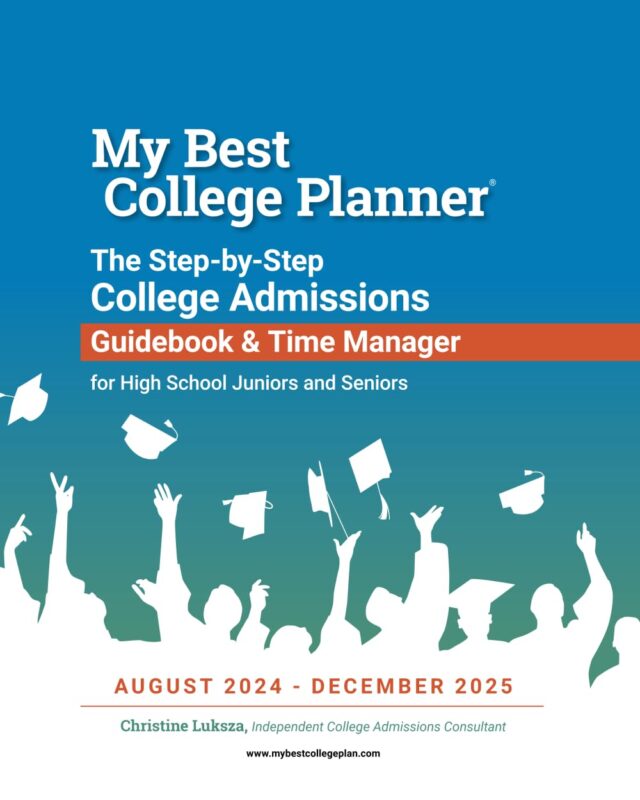


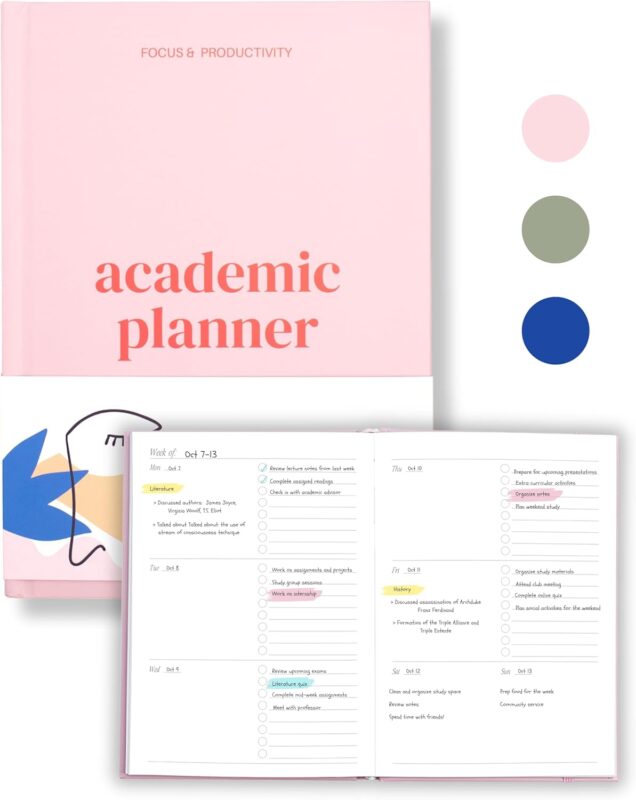

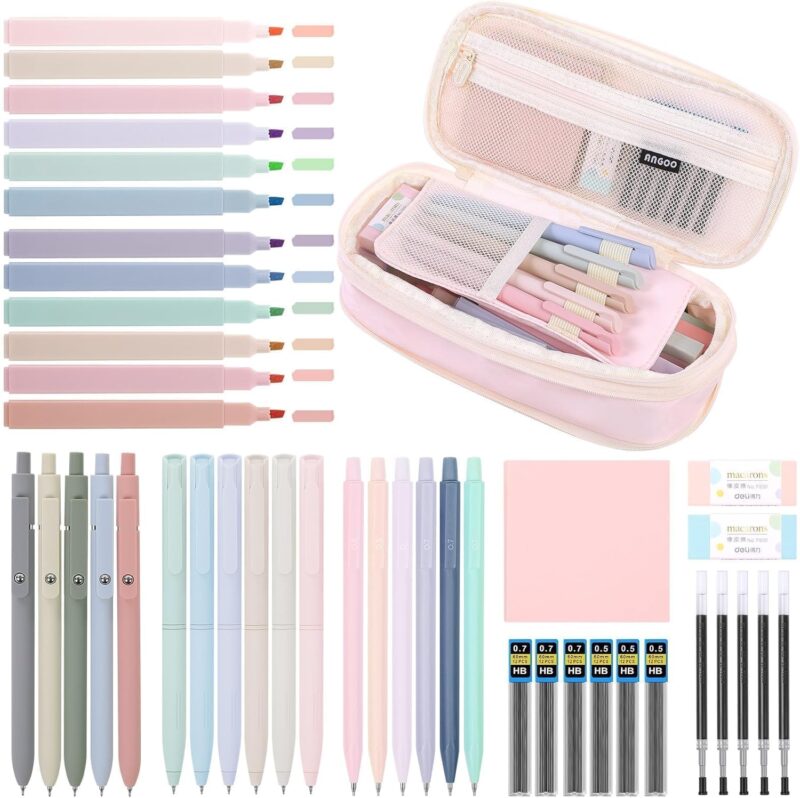
Other Related Blogs You Might Like:

College Bound Resources
Embarking on the journey to college is a thrilling yet challenging phase for high schoolers. In the Triad region,…
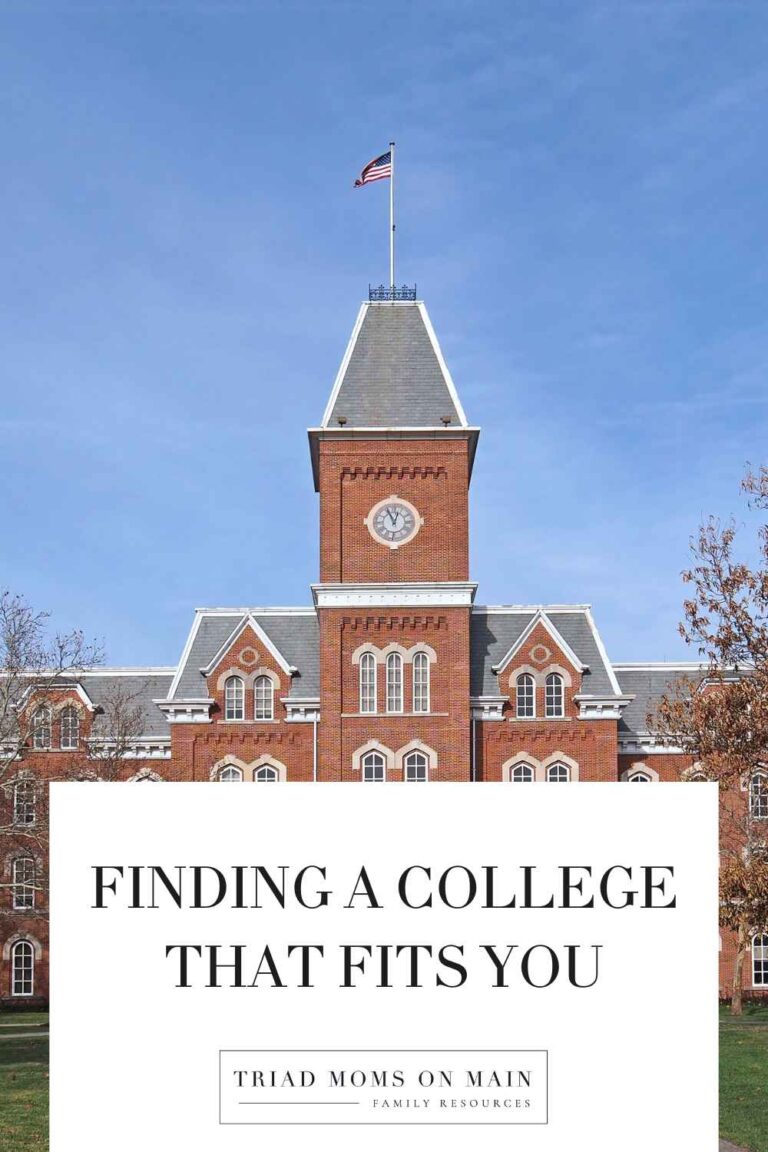
Finding a College that Fits – Five Things to Consider
My oldest daughter, a senior in high school, submitted college applications this fall. Now we are in the “waiting…
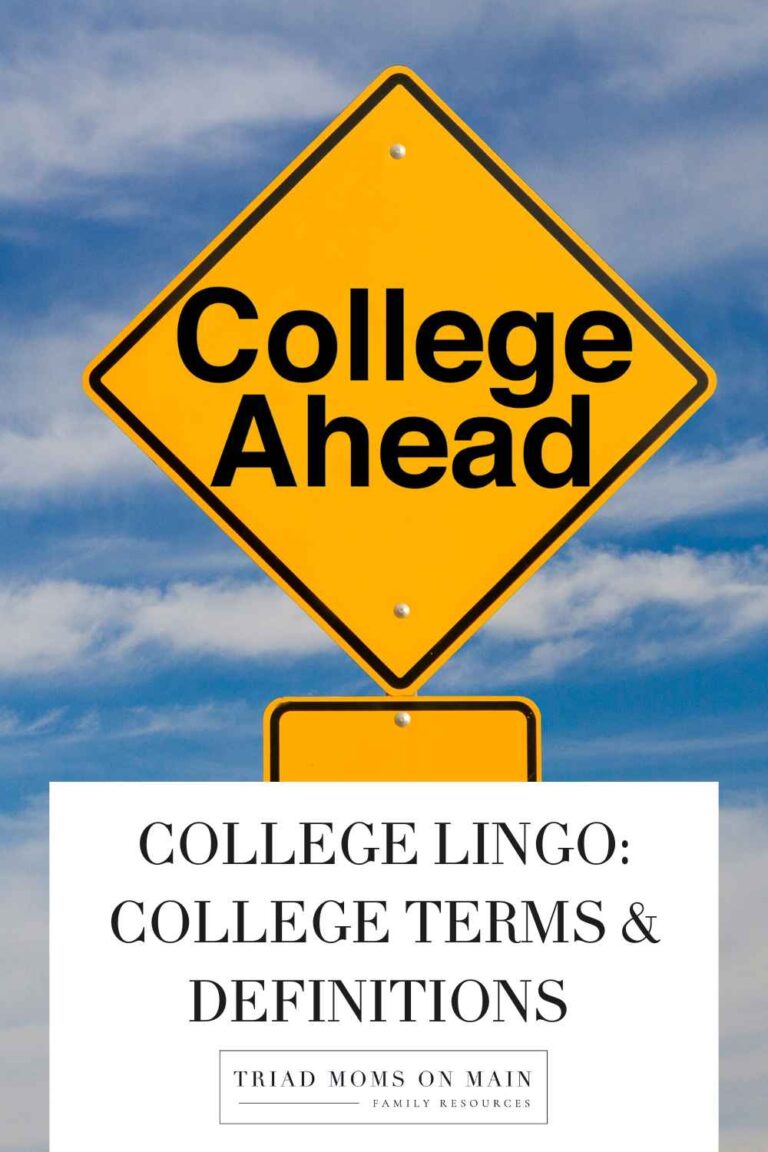
College Lingo: college terms and definitions
Learn The Lingo: College Application Terms and Acronyms As we began visiting colleges with my oldest daughter a couple…


![[Clothes Hanging Storage Organizer] - Our hanging closet organizer comes with 2 sets of weekly labels in different colors, so you can choose according to your preference. There are 6 shelves of open storage space for easy access to clothes. Specially...](https://m.media-amazon.com/images/I/41Bjs3vGEcL._SL160_.jpg)





























The point about small scholarships adding up really resonates with me! I was surprised by how quickly small local awards covered a semester’s worth of textbooks. Have you noticed if local scholarships are easier to win compared to larger, national ones?